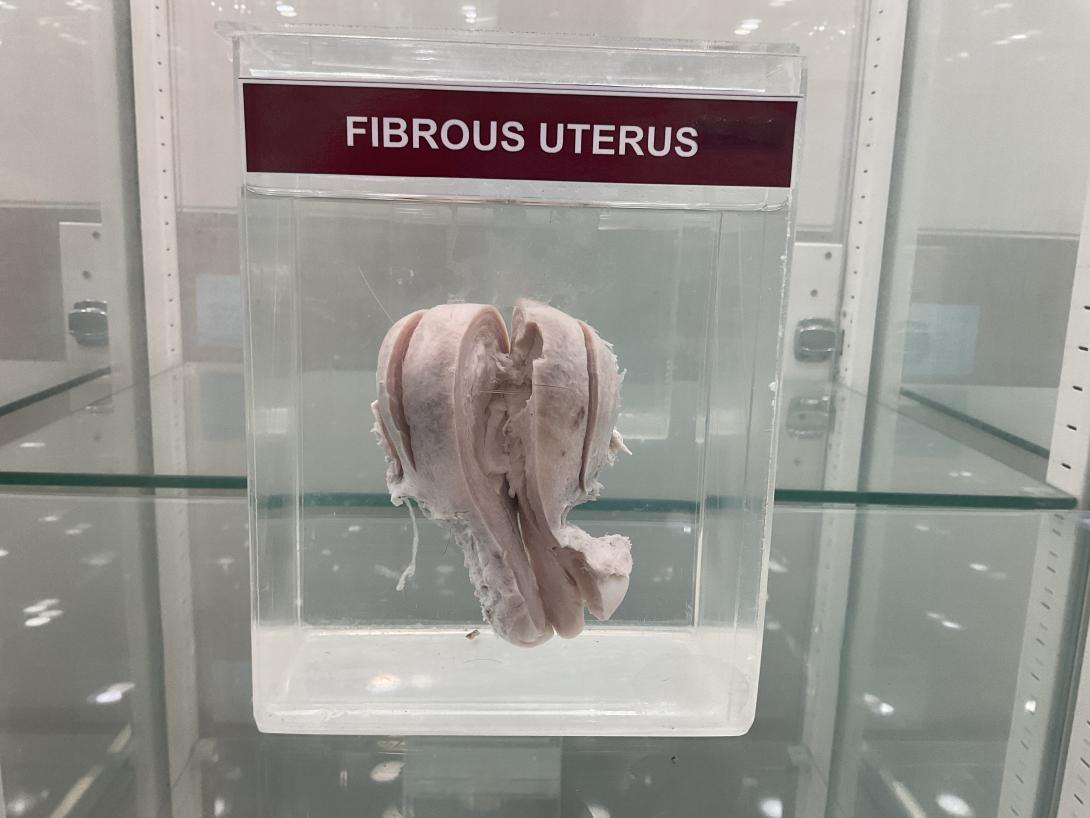The uterus is a female reproductive organ that is composed of several anatomical structures. Fibroids, which are also known as leiomyomas, can occur in different parts of the uterus. Here are some anatomical points related to a fibrous uterus:
- Location: Fibroids can grow anywhere in the uterus. They can be located within the uterine wall (intramural), on the surface of the uterus (subserosal), or within the uterine cavity (submucosal).
- Size: Fibroids can range in size from small, pea-sized growths to large masses that can distort the shape and size of the uterus.
- Shape: Fibroids can have different shapes, including round, oval, or irregular.
- Blood supply: Fibroids are supplied with blood by the uterine arteries, which are branches of the internal iliac arteries.
- Surrounding structures: Depending on their location and size, fibroids can affect nearby structures such as the fallopian tubes, ovaries, bladder, or rectum.
Understanding the anatomical points related to a fibrous uterus can help healthcare providers determine the best treatment options for their patients.
What are uterine fibroids?
A uterine fibroid is a non-cancerous tumour that grows in and around the womb (uterus). It is also known as a myoma.
Uterine fibroids develop from the muscle tissue of the uterus. They may also grow in the fallopian tubes, cervix, or tissues near the uterus.
They can vary in size, from being so tiny you cannot see them with the naked eye to being the size of a melon. It is possible to have one or many fibroids. Most fibroids do not need treatment.

